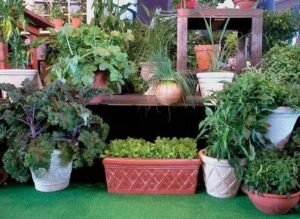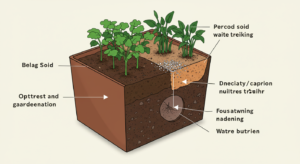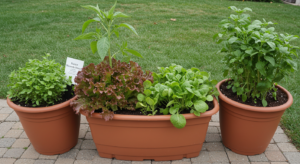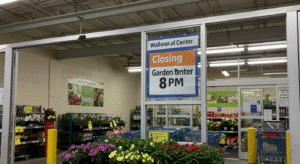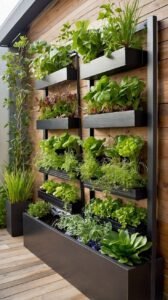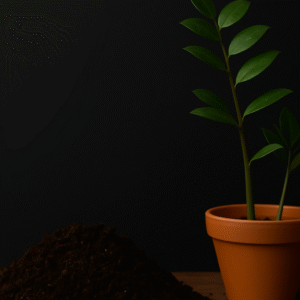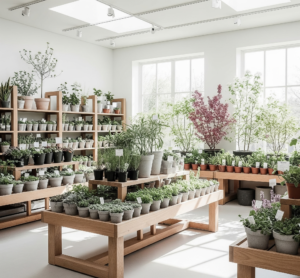What Is Container Gardening
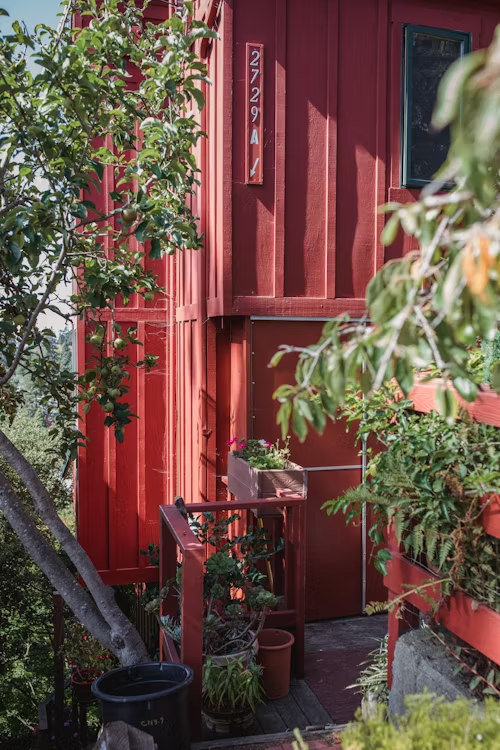
container garden
Introduction
The practice of gardening in containers, planters, and other portable vessels is growing in popularity, especially in city settings where space is restricted. Unlike traditional gardeningwhichat requires plots of land, this gardening method is adaptable to people’s different living situations. It does not require high-level skills or expertise, therefore making it easy for most people to try out. Container gardening is increasingly becoming popular among those looking for sustainable, low-maintenance gardening options because it creates an easy environment for growing flowers, herbs, vegetables, or even trees. In this article, I will explain the basics of container gardening, including its benefits, essential techniques, and tips for maintaining a container garden.
A Guide to Starting Container Gardening
Unlike traditional gardening, where soil is used, gardening can now be done flexibly with the use of containers. Container gardens are perfect for regions without sufficient space or sunlight since the plants can be moved. Container gardening is ideal for those living in urban spaces as it enables indoor gardening to be done in soilless environments, like apartments. This method is also beneficial for those who wish to experiment with various types of plants but lack the means to move them around. With simple flowers or plant pots placed on windows and balconies, a person can bring some vibrance to their daily life. However, to ensure success with a container garden, it is crucial to select the soil, plants, and containers appropriately, along with providing the necessary ongoing maintenance.
Container Gardening Benefits
Container gardening gives people the opportunity to grow plants in confined spaces like balconies, patios, or rooftops, demonstrating maximum efficiency in the usage of space. Unlike traditional gardening, which requires a specific piece of land, container gardening enables the seasonal or aesthetic rearranging of plants with ease. Soil conditions are also more controllable which reduces the likelihood of problems with weeds and soil-borne diseases. Container gardening can also be a relief to the elderly or disabled people, which allows people of all ages to engage in gardening activities. In terms of environmental impact, container gardening has benefits as gardeners may choose to follow organic methods, save water with drip irrigation, and use everyday household waste as planters. Moving container plants assists in shielding them from extreme weather, improving their durability and lifespan.
Choosing the Right Container
Choosing plant containers with the right type of materials is essential for plant development. Each type of material has its benefits. If the plant requires root aeration during the moist seasons, porous terracotta and ceramic materials are best, although such plants will tend to dry out quickly and will require more frequent watering. Wooden containers can be used for larger plants that are treated to prevent rotting, otherwise they will deteriorate. However, lightweight plastic pots are best for hydrating and retaining plants that need to be watered consistently. The sleek, modern look of metal planters allows them to serve as decoration for any space, but the direct sunlight riskss overheating any exposed metal in the planter, endangering the roots of the plants inside. Quite a bit of research is required to choose the correct size container, as classification of the right size greatly influences the plant’s growth, for example, offering enough room where the roots have room to spread is very important. In combination, using the right mix of soil with the right type of containers that have drainage holes will allow for proper plant growth while avoiding water-related issues. However, the constant presence of excess water remains one of the largest concerns for plant health, which can lead to rot.
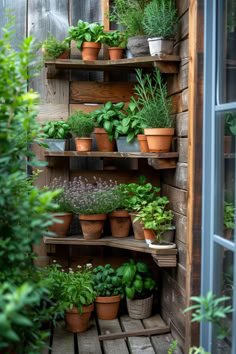
Ideal Soil Mix and Plant Choice
For each type of container, there is a specific blend of soil that works best to foster the adequate growth of the plants within. Unlike regular garden soil, which is too firmly packed in a container, an organic potting mix offers the right root growth nutrients. Drainage is enhanced by adding perlite or sand, whilst soil retention is aided by compost. A particular group of climate-related criteria, sunlight exposure, and the gardener’s aims determine which plant is best suitable for container gardening. Certain bonsai shrubs such as geraniums, petunias, and marigolds not only thrive but also flourish and add vibrant colors to the outdoor spaces enhancing the aesthetics. Culinary gardening aficionados will love the ease of growing herbs like basil, mint, and rosemary. With minimal effort, one can grow cherry tomatoes, peppers, and lettuce in containers providing fresh produce. Succulents and cacti are appreciated by the low-maintenance gardeners as they thrive in dry conditions with little moisture. A combination of plants from different growth habits maximizes space and comes together beautifully in a vibrant container garden.
Tips for Caring for Container Gardens
Diligent container gardening practices are imperative in achieving the optimum level of productivity. These container plants require equal care when it comes to irrigation because they dry out much faster. It is critical to water deeply to the root zone but also important to not overwater as this leads to root rot. Sandy loam soil needs mulching to ensure moisture retention and also regulate temperature. The nutrients given to plant container soils initially will be exhausted, therefore it is important to use organic compost, slow-release fertilizers, or liquid feeds throughout the growing season to achieve container soil vigor. Assist with frost during winters and help with shading timid temperature varieties in summer. Cold weather needs deck support. Removing infected pest-riddled plants supports maintenance while preventing infection spread, allowing for blooms throughout the year. Regular plant pruning, deadheading, and pest, as well as infection checking, will keep flowers blooming throughout the year.
Overcoming Challenges
Similar to other types of gardening, container gardening has its challenges. One of the most common problems is overwatering which results in soggy soils and rotting roots. This can be solved using well-draining potting soil, as well as using containers that have drainage holes. Placing a layer of gravel on top of the soil in the container may also help to drain water effectively. From time to time, some pests like aphids, spider mites, and then fungus gnats do show up. However, natural pest control works well by utilizing beneficial bugs like ladybugs which control infestations efficiently. Other weather-related problems such as too much heat or frost can easily be solved by taking the container to a shady area and covering the plant with protective fabric to shield it from the cold. By continuously solving problems that may arise during the nurturing of a garden, one can easily sustain a thriving garden year-round without the worry of container gardening.
Conclusion
Container gardening is one of the most versatile and simple ways of growing plants and nurturing nature. This method works for everyone ranging from urban gardeners, to nature lovers and even those who want to add some green into their homes without needing a yard. All it takes is the right mix of containers, soil, plants, and care to achieve a flourishing container garden. It’s now possible for anyone with gardening goals to embark on their journey step by step and learn about different plant combinations and strategies, enhancing efficiency along the way. We encourage everyone who wishes to explore container gardening further to simply pick a plant, choose a container, and begin nurturing. Feel free to share your container gardening tips, post your questions, or discuss ways to further enjoy this gardening technique that encourages sustainability in the comments below.
